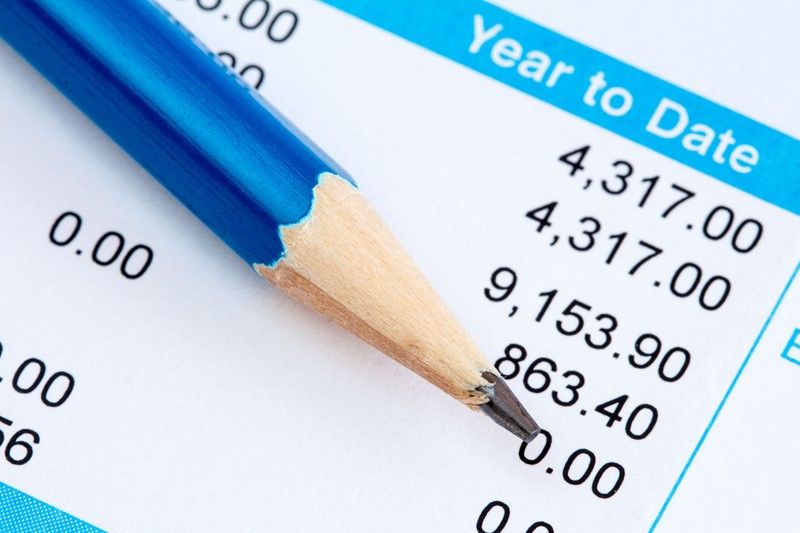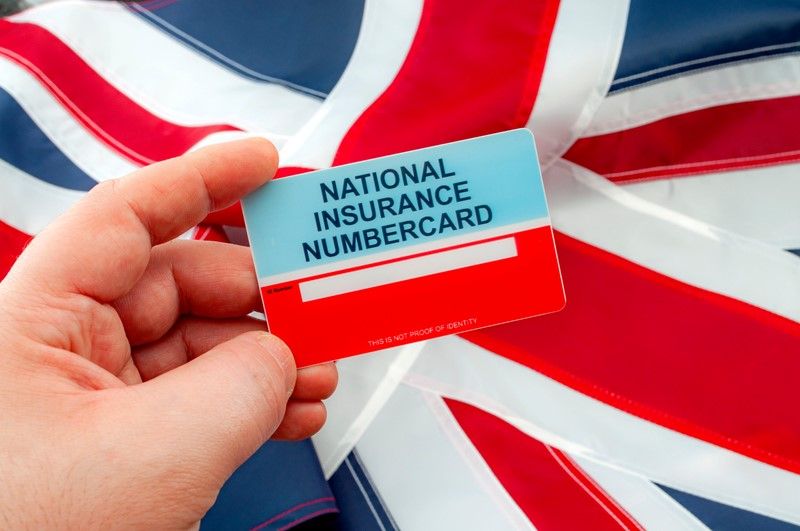Launch Your Dream Business: 10 Must-Know Steps
Starting your own business is exciting but can be overwhelming if you’re not prepared. To help you navigate the journey, we’ve compiled a list of 10 key considerations that will set you up for success. Whether you’re launching a small business or a full-fledged enterprise, these steps will guide you toward building a solid foundation for your business dreams.
1. Define Your Business Idea
Before diving in, ensure your idea is viable. Ask yourself: What problem does my business solve? Who are my customers? Conduct market research to refine your offering and identify your unique selling point (USP).
2. Create a Business Plan
A solid business plan outlines your goals, target audience, financial projections, and operational strategies. This document not only serves as a roadmap but is also essential if you need to secure funding or investors.
3. Choose the Right Business Structure
Your legal structure—sole trader, partnership, or limited company—affects your tax obligations, personal liability, and regulatory requirements. Research which option aligns best with your vision.
4. Register Your Business
Ensure your business name is unique and not already registered. In the UK, you’ll need to register with HMRC or Companies House, depending on your chosen structure.
5. Understand Your Tax Obligations
Get familiar with taxes like Income Tax, Corporation Tax, and VAT. Keep accurate records and consider using accounting software or hiring an accountant to stay on top of deadlines and compliance.
6. Set a Realistic Budget
Financial planning is critical. Calculate your start-up costs, ongoing expenses, and expected revenue. Create a budget to ensure you’re financially prepared for the first 12 months of operation.
7. Open a Business Bank Account
Separate your personal and business finances. A dedicated business account simplifies accounting, helps with tax filing, and presents a more professional image to clients.
8. Build an Online Presence
In today’s digital age, having a strong online presence is non-negotiable. Create a professional website and set up social media profiles to showcase your products or services and engage with your audience.
9. Protect Your Business
Consider business insurance to protect against unexpected losses. Types include public liability, professional indemnity, and employer’s liability insurance if you plan to hire staff.
10. Comply with Legal and Regulatory Requirements
Depending on your industry, you may need specific licenses or permits. Also, ensure you adhere to health and safety regulations, data protection laws, and employment laws.
Conclusion: Set Yourself Up for Success
Starting a business can feel like a monumental task but breaking it down into these 10 key steps makes the process manageable. With careful planning and attention to detail, you can turn your entrepreneurial vision into a thriving reality.
Ready to take the first step? Give us a call, we can share the knowledge we have gained in supporting numerous businesses through the set-up process.




